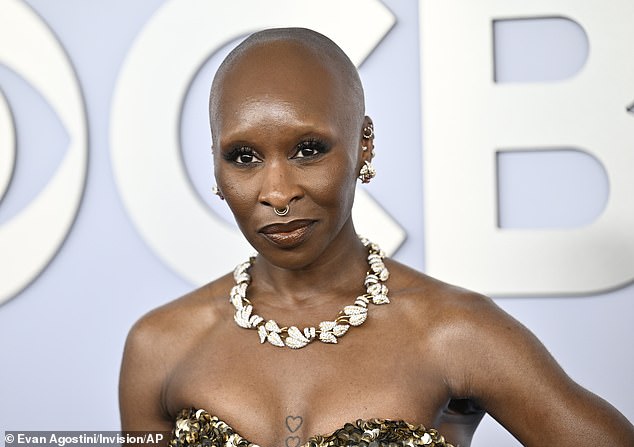
Cynthia Erivo’s Casting as Jesus Reignites Debate on Historical Depiction in Stage Production
Cynthia Erivo Sparks Debate as Jesus in "Jesus Christ Superstar"
[Image: Cynthia Erivo as Elphaba in Wicked]
Cynthia Erivo, 38, known for Wicked, has stirred controversy with her casting as Jesus in a new Jesus Christ Superstar production. While some fans applaud the bold choice, others criticize the gender-swapped role as blasphemous. This debate has reignited questions about Jesus’s true appearance and how it aligns—or clashes—with Erivo’s portrayal.
What Did Jesus Really Look Like?
Historians agree Jesus resembled a typical first-century Judean man. As a carpenter from modern-day Palestine, he would have had dark, curly hair, brown eyes, and olive-toned skin. Physically, he’d likely be lean and wiry from manual labor and extensive travel. Dr. Meredith Warren (University of Sheffield) notes, “Jesus wasn’t a couch potato. His lifestyle kept him fit.”
Beard and Hair: Myth vs. Reality
[Image: Ancient Egyptian mummy portrait resembling a Judean man]
Contrary to Renaissance art depicting Jesus with long, flowing hair and a beard, experts argue his hair was likely short and curly. Roman-era coins show Judean captives with trimmed beards, suggesting this was fashionable. Joan Taylor (King’s College London) explains that long hair in ancient Judaism signified a religious vow abstaining from wine—something Jesus, accused of being a “drunkard,” didn’t follow. Early third-century Syrian art even shows a beardless, short-haired Jesus, reflecting local norms.
Facial Features: Middle Eastern Identity
[Image: Richard Neave’s forensic reconstruction of a first-century Judean man]
The Bible offers scant details, but clues suggest Jesus blended into crowds. When arrested, soldiers needed Judas to identify him. Dr. Warren emphasizes Jesus’s appearance would match Middle Eastern features: “Dark skin, brown eyes, and a weathered face from outdoor life.” Forensic reconstructions, like Richard Neave’s 2015 study using Semite skulls, depict a broad-faced man with a short beard—mirroring Egyptian mummy portraits from Jesus’s era.
Body Type: Lean and Wiry
[Image: Ancient sandals found near the Dead Sea]
Though often portrayed with muscular builds in art (like Sascha Schneider’s 1895 It Is Finished), Jesus’s active yet humble lifestyle—walking miles, relying on modest meals—points to a lean frame. “He wasn’t bulky but strong from labor,” says Taylor. His simple attire—a knee-length tunic, woolen cloak (himation), and leather sandals—further reflects practicality over opulence.
Clothing: Simple and Functional
[Image: Depiction of a first-century Judean tunic and cloak]
Long robes in artwork are inaccurate; Judean men wore knee-length tunics. Jesus’s cloak likely had tassels (tzitzit) as Jewish custom dictated. Colors were muted, as bright dyes symbolized wealth. “He dressed simply, like the refugees he preached to,” notes Taylor. Surviving sandals from the Dead Sea caves match the sturdy, strapped designs he would have worn.
Why Depictions Evolved
[Image: Byzantine mosaic of a pale-skinned Jesus]
Early Christians adapted Jesus’s image to resonate culturally—showing him as a philosopher (with a beard) or a divine figure akin to Zeus. By the Renaissance, European artists portrayed him as fair-skinned, a trend still prevalent. Erivo’s casting continues this tradition of reimagining Jesus to reflect contemporary values, proving his likeness remains as fluid as the stories told about him.
Conclusion
While Erivo’s portrayal challenges conventions, historical evidence paints Jesus as an ordinary man of his time—unremarkable yet resilient. Whether on stage or in art, his evolving image continues to inspire debate, bridging ancient history and modern creativity.
[Image: Side-by-side of Erivo and forensic reconstruction highlighting shared traits like strong features and expressive eyes]


